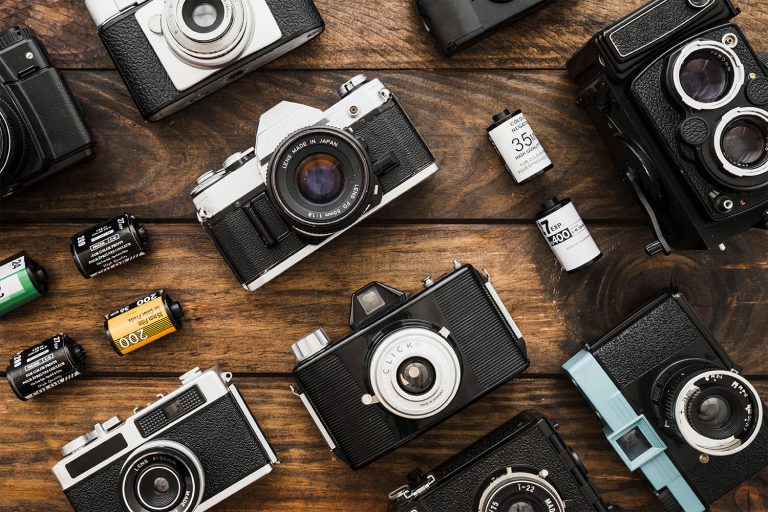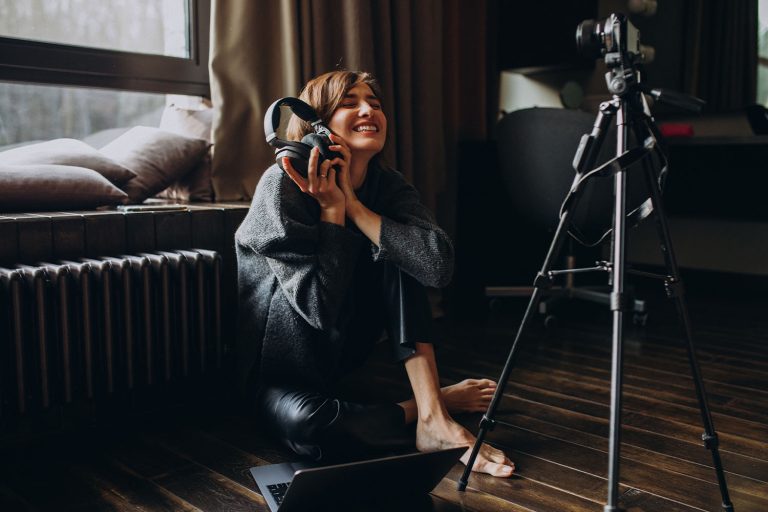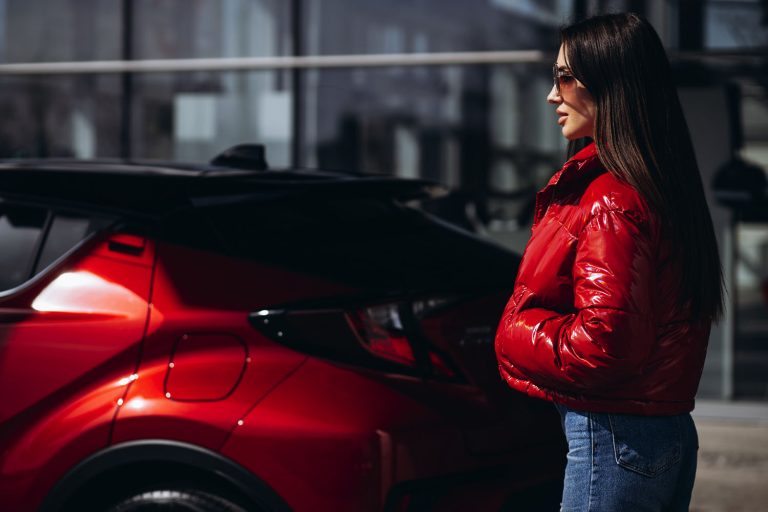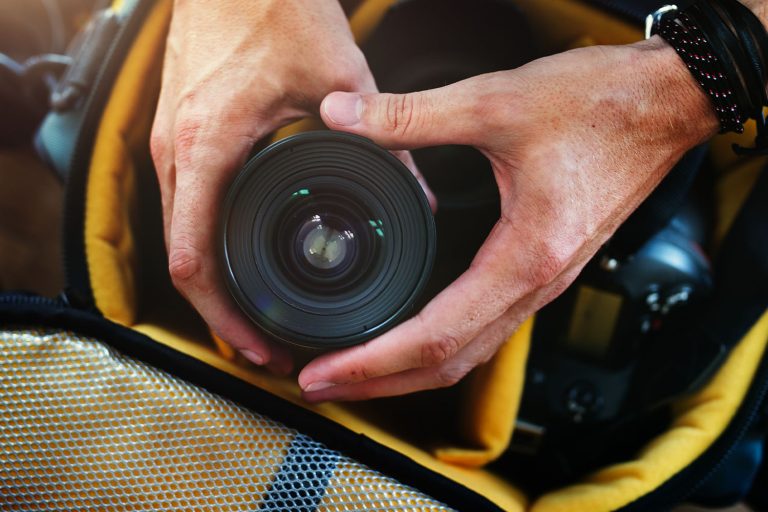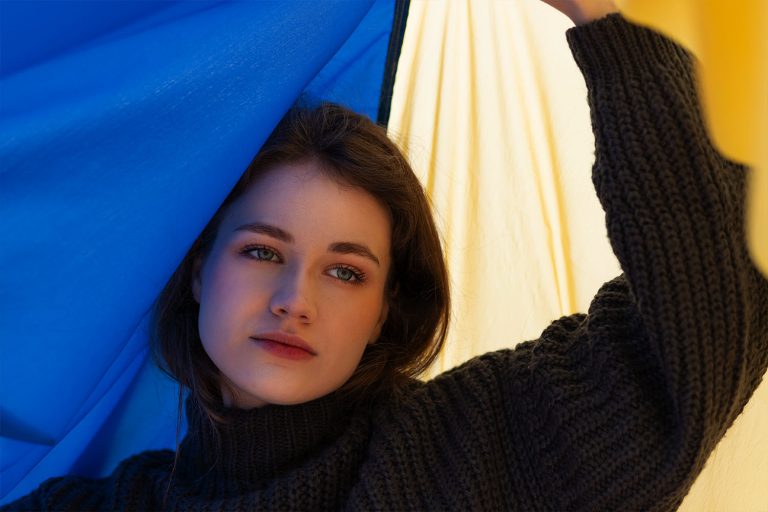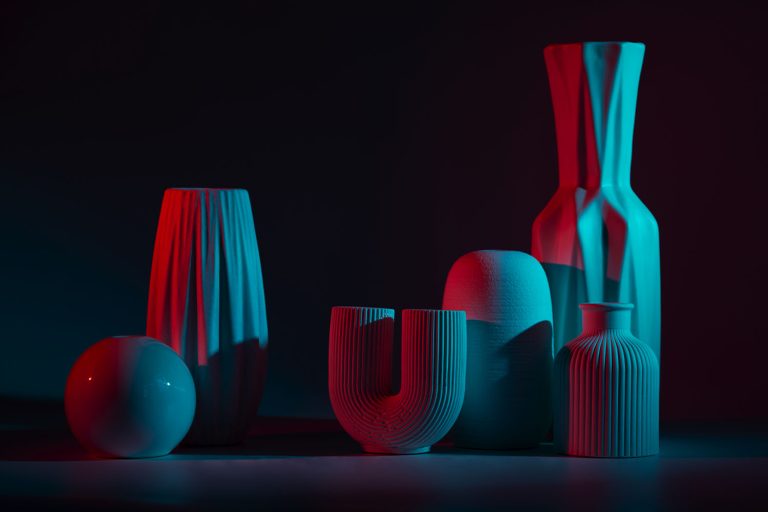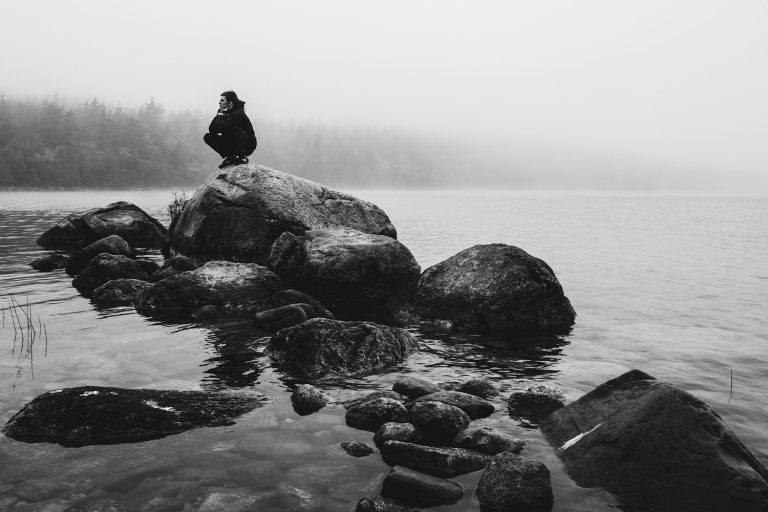Cars are not just means of transportation, but true works of art that combine power, speed and sophisticated
design. Taking pictures of cars allows you to capture their unique aesthetics, but requires a careful approach to choosing
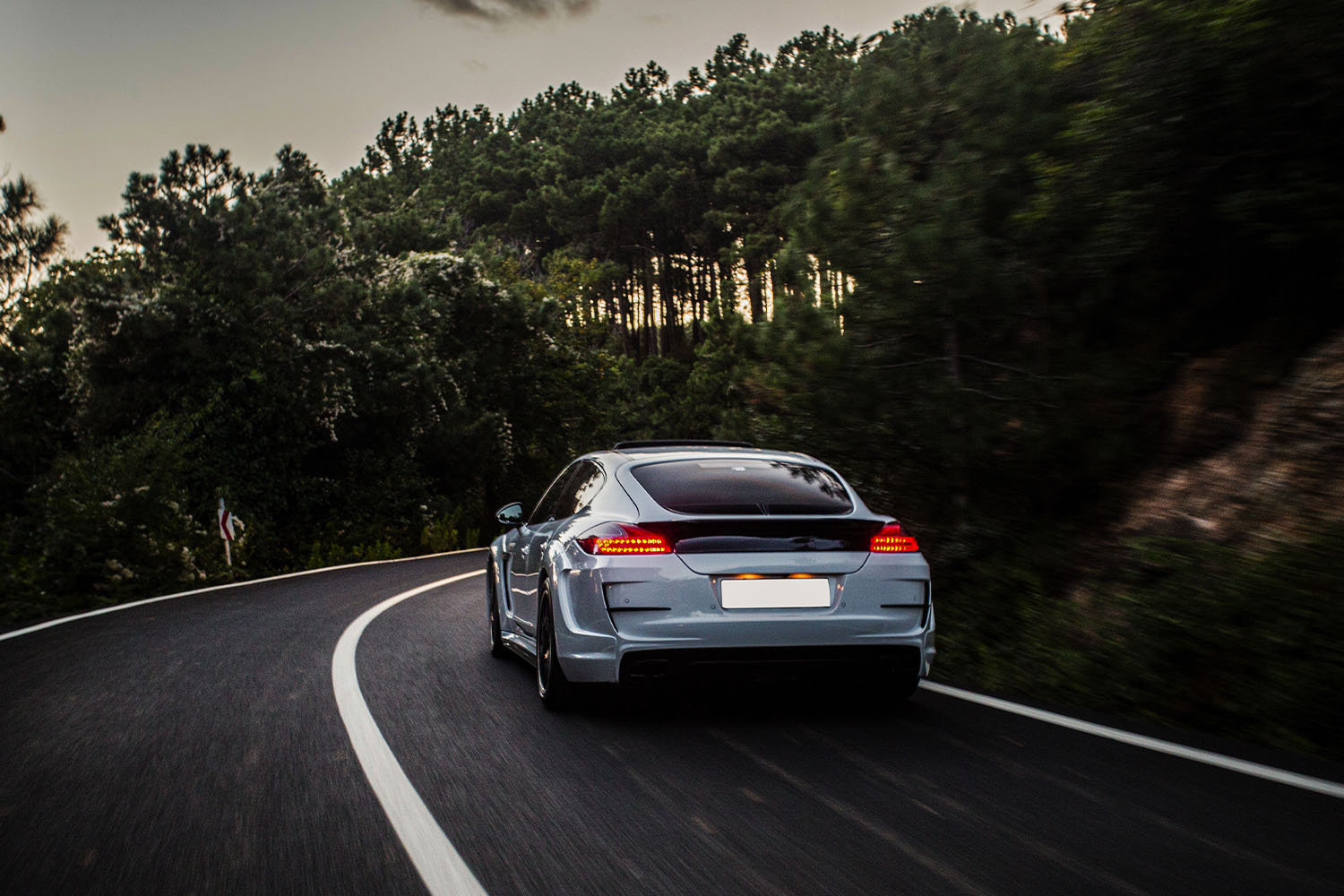
Choosing a location and preparing for the shoot
Creating a car portrait
Shooting a car in motion
To convey the dynamics of movement, you can use two main approaches. The first is to blur the image of the car, leaving the
The second approach is the “wiring” technique, when the camera moves parallel to the car. This can be done on foot if the car
Taking photos from inside the car
Shooting from inside the cabin is a great way to create reportage shots or panoramic shots with a unique mood.
It’s easiest to work with a stationary car because it’s safer and more convenient. You can capture details of the
Shooting in motion is a more difficult but very effective option. In this case, another person should drive, and you should
Car photography is a combination of technical skill and creative vision. To create impressive shots,
